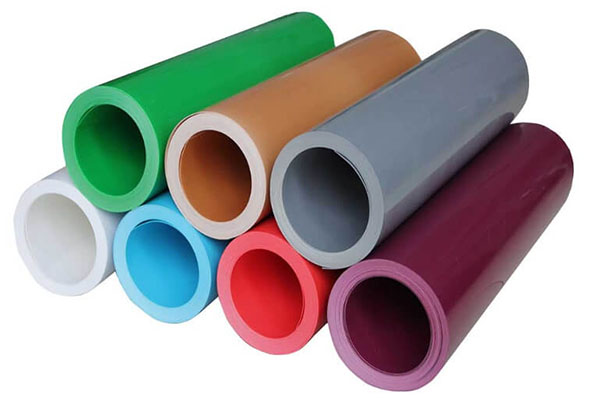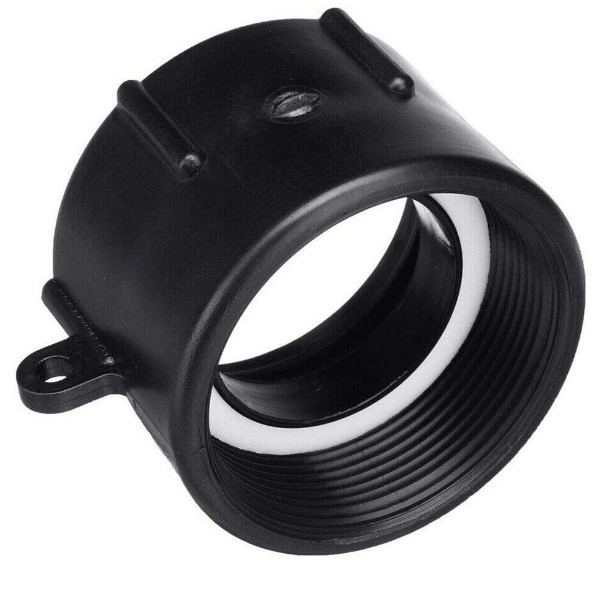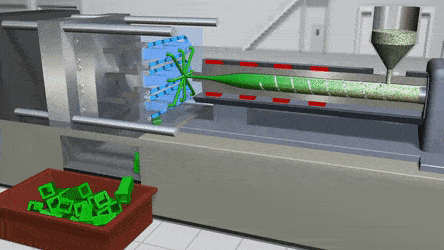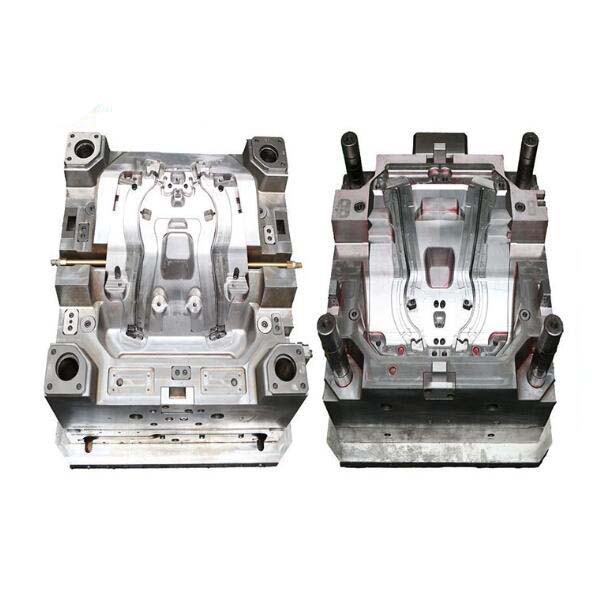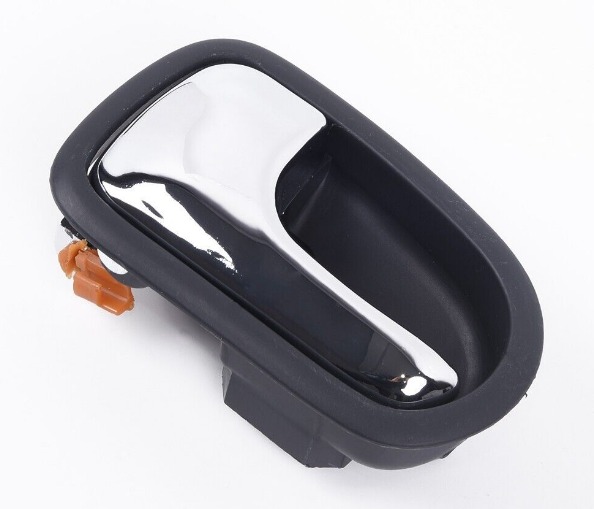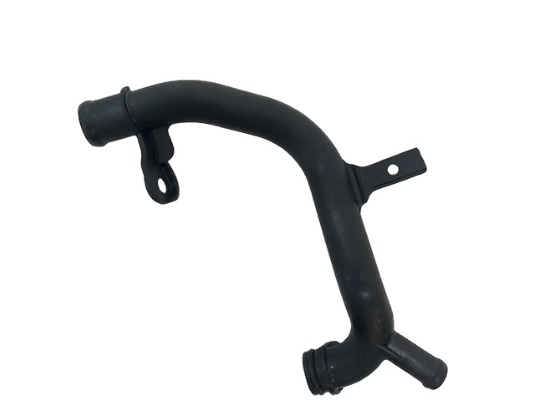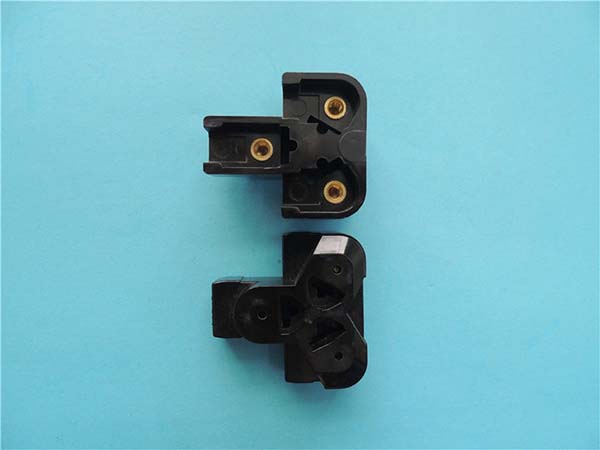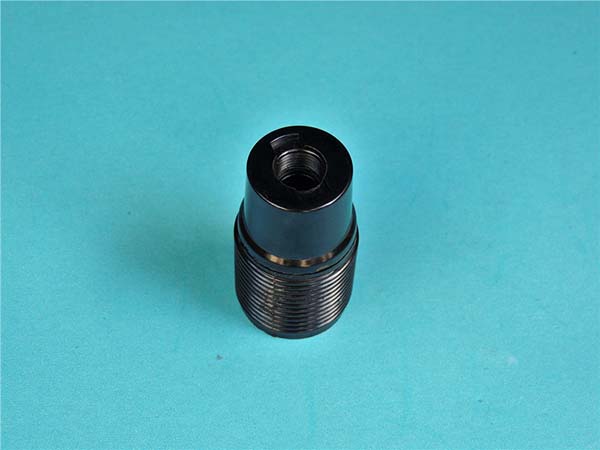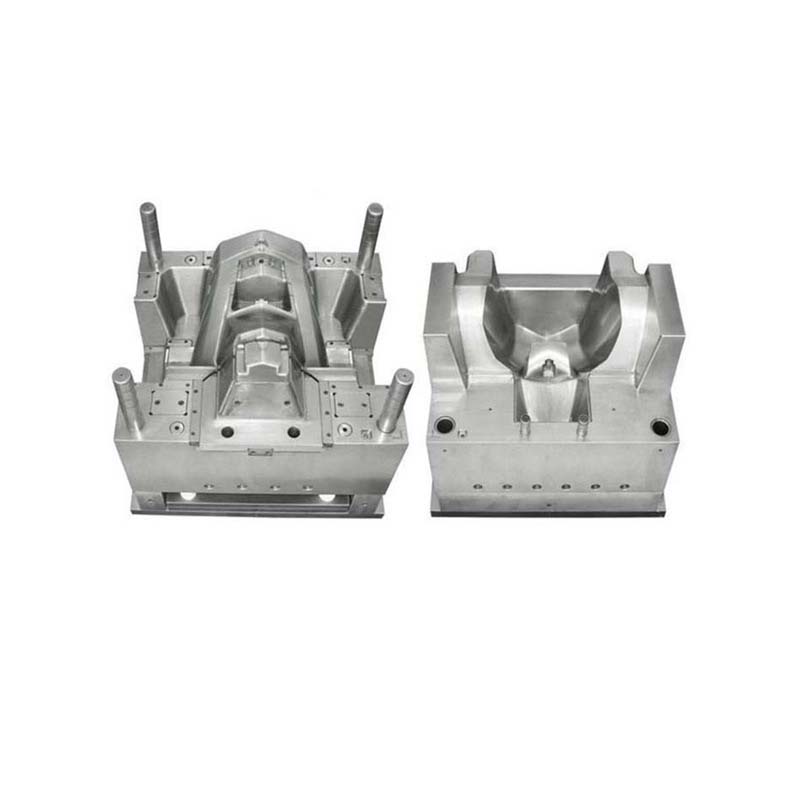Elastomers and flexible materials are indispensable for applications requiring stretch, seal, or shock absorption, but molding them to maintain consistent elasticity and dimensional accuracy is a challenge. Many manufacturers struggle with achieving uniform Shore hardness across batches—even a 5-point variation can render a seal ineffective or a grip too firm. Controlling compression set is another hurdle; parts that fail to rebound after repeated use quickly lose functionality. Additionally, the low viscosity of these materials often leads to flash, wasting material and requiring costly post-processing. This guide addresses these pain points, offering expert insights into their properties, molding processes, and more to help you produce reliable, high-performance flexible parts.
Material Properties of Elastomers & Flexible Materials: The Science of Stretch
Elastomers and flexible materials are defined by their ability to deform under stress and return to their original shape—a property known as elasticity. Key metrics include elongation at break, which ranges from 100% for rigid flexibles to over 1000% for super-stretchy materials like TPEs (thermoplastic elastomers). This makes them ideal for applications like gaskets, which must stretch to fit and seal tightly.
Shore hardness is a critical identifier, with scales ranging from Shore A (soft, 0–100) to Shore D (harder flexibles). For example, medical gloves typically use Shore A 30–40, while automotive door seals use Shore A 60–70 for a balance of flexibility and durability. Tear resistance (measured in kN/m) ensures parts withstand repeated stretching without splitting—essential for products like sports equipment grips.
Compression set (the percentage of deformation remaining after compression) is vital for seals: a good elastomer will have a compression set below 20% after 22 hours at 70°C. Chemical resistance varies widely: nitrile rubber resists oils, while silicone elastomers withstand solvents and high temperatures (up to 200°C).
Thermal stability ranges from -50°C to 200°C, with silicone excelling in high-heat applications like oven gaskets. Abrasion resistance is key for parts like conveyor belts, where polyurethane elastomers outperform many alternatives. UV resistance and weatherability make EPDM elastomers a top choice for outdoor seals, as they resist ozone and sunlight degradation.
Injection Molding Process for Elastomers & Flexible Materials: Taming the Flow
Elastomer injection molding and flexible material injection molding require adjustments to handle their unique flow properties. Drying requirements are minimal for most elastomers, though hygroscopic TPEs should be dried at 60–80°C for 2–4 hours to prevent surface defects.
Melt temperature varies by material: TPEs process at 160–200°C, while silicone elastomers require 170–200°C. Exceeding these temperatures can cause degradation, reducing elasticity and increasing brittleness. Injection pressure is lower than for rigid plastics (30–80 MPa) to avoid flashing, as these materials have low-viscosity processing characteristics.
Injection speed should be moderate (20–50 mm/s) to control flow and prevent air entrapment. Too fast, and the material can fold over itself, creating weak spots; too slow, and it may cool prematurely, causing short shots. Cooling time is 10–20 seconds for most elastomers, though thicker parts need longer to prevent warpage.
Cycle time averages 20–40 seconds, with process optimization focusing on balancing fill and pack phases to avoid overpacking (which causes flash) or underpacking (which leads to voids). Runner and gate design uses wide, short runners to minimize pressure drop, with edge gates or fan gates distributing material evenly. Understanding flow behavior is key—elastomers flow more freely than rigid plastics, so mold venting and gate placement are critical.
Mold Design for Elastomers & Flexible Materials: Engineering for Flexibility
Mold design principles for elastomers prioritize preventing flash and ensuring easy ejection. Elastomer mold materials and flexible material mold materials include P20 steel for general use and stainless steel for corrosive environments (e.g., silicone molding). Mold surfaces should be smooth (Ra 0.8–1.6 μm) to prevent sticking.
Venting requirements are stringent: vents 0.02–0.05 mm deep at flow ends prevent air traps, which cause voids and weak spots. Cooling channel layout should be uniform, with channels 10–15 mm from the cavity to avoid uneven cooling, which can lead to inconsistent Shore hardness. Water temperatures of 40–60°C work for most materials.
Draft angles of 2–5° are larger than for rigid plastics, as elastomers can stretch and stick to mold surfaces. Ejector pin design uses multiple small pins or stripper rings to distribute force, preventing tearing—critical for thin-walled parts like diaphragms.
Parting lines must be tight (gap <0.02 mm) to prevent flash, a common issue with low-viscosity elastomers. Hot runner systems are suitable for TPEs, reducing waste and improving consistency, though they require precise temperature control. Mold flow analysis helps optimize gate placement to avoid weld lines, which weaken flexible parts. Flexibility considerations include ensuring mold features (like ribs) don’t restrict the part’s ability to deform.
Quality Control and Defects in Elastomers & Flexible Materials Molding: Solving Sticky Issues
Elastomers present unique quality challenges, but proactive measures can prevent most defects:
| Defect | Cause | Solution |
|---|---|---|
| Flash | Excessive pressure or mold gap | Reduce pressure; tighten mold clamping. |
| Voids | Trapped air or underpacking | Add vents; increase hold pressure. |
| Warpage | Uneven cooling | Balance cooling channels; adjust cooling time. |
| Poor Elasticity | Material degradation | Lower melt temperature; check residence time. |
| Inconsistent Hardness | Uneven cooling or material mix | Improve temperature control; verify material batches. |
Quality control methods include mechanical property testing: tensile tests to measure elongation at break and tear resistance, and compression set tests to ensure long-term performance. Shore hardness is checked with durometers, with allowable variations of ±3 points for critical parts.
Statistical process control (SPC) monitors variables like melt temperature and pressure, with tight tolerances (±2°C, ±5 MPa) to maintain consistency. Inspection techniques include visual checks for flash and surface defects, and dimensional measurements with calipers—though flexibility means tolerances are often larger (±0.1 mm) than for rigid plastics. Root cause analysis for recurring issues might involve checking mold alignment (for flash) or material drying (for surface defects).
Applications of Elastomers & Flexible Materials in Injection Molding: Flexibility in Action
Elastomers and flexible materials excel in applications requiring stretch, seal, or cushioning:
- Automotive components: Door seals (EPDM, Shore A 60), grommets (TPE, Shore A 50), and shock absorbers (polyurethane) leverage elasticity and chemical resistance.
- Medical devices: Syringe gaskets (silicone, Shore A 40) and tourniquets (TPE, 300% elongation) benefit from biocompatibility and tear resistance.
- Consumer products: Toothbrush grips (TPE, Shore A 30) and phone cases (TPU, Shore A 80) use Shore hardness to balance comfort and protection.
- Industrial seals: O-rings (nitrile, Shore A 70) and valve diaphragms (EPDM) rely on low compression set for long-term sealing.
- Wearable devices: Smartwatch bands (TPE, Shore A 50) combine flexibility with UV resistance for daily use.
Design for manufacturing tips: Use generous radii to avoid stress concentration, and avoid thick sections (which can cause sink marks). For seals, design with a 10–20% interference fit to ensure proper compression.
Post-Processing and Finishing of Elastomers & Flexible Materials Parts: Enhancing Performance
Post-molding operations for elastomers are minimal but important. Trimming flash with sharp blades or cryogenic methods (freezing to harden the material) ensures clean edges without damaging the part’s elasticity.
Surface treatments like plasma etching improve adhesion for painting and coating, though many elastomers are colored during molding to avoid post-processing. Adhesive bonding works with cyanoacrylates or hot-melt adhesives, with surface preparation critical for strong bonds.
Ultrasonic welding is effective for TPEs, creating strong joints without heat damage—ideal for assembling gaskets into rigid plastic housings. Vulcanization (heating at 150–200°C) is required for thermoset elastomers like rubber, cross-linking molecules to achieve final elasticity.
Assembly tolerances account for flexibility, with gaps of 0.1–0.3 mm to accommodate stretching. Finishing standards include ISO 3302 for rubber parts, specifying allowable defects like flash and voids.
Yigu Technology’s Perspective
As a leading custom manufacturing supplier in China, Yigu Technology specializes in elastomer injection molding and flexible material injection molding. We understand that consistent elasticity and Shore hardness are critical, so we use precision molds with tight parting lines and optimized cooling. Our expertise in process optimization minimizes flash and ensures uniform properties, delivering parts for automotive, medical, and consumer applications. Whether you need soft grips or durable seals, we balance flexibility with performance to meet your exact requirements.
FAQs
- What’s the difference between TPEs and thermoset elastomers?
TPEs (thermoplastic elastomers) can be melted and reshaped, allowing for efficient injection molding and recycling. Thermoset elastomers (like rubber) undergo vulcanization, becoming permanently cross-linked—they offer better thermal stability but can’t be recycled. - How can I improve the compression set of elastomer parts?
Choose materials with low compression set ratings (e.g., silicone <20%), optimize mold cooling to ensure uniform curing, and avoid overpacking during molding, which can introduce internal stress that reduces rebound. - What causes elastomer parts to harden over time?
Hardening is often due to oxidation (improved by adding antioxidants) or UV degradation (mitigated with UV stabilizers). For high-temperature applications, ensure the material’s thermal stability matches the operating environment.
